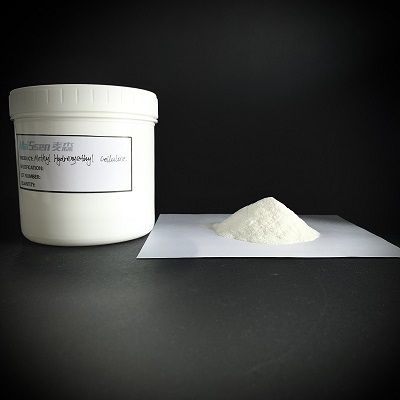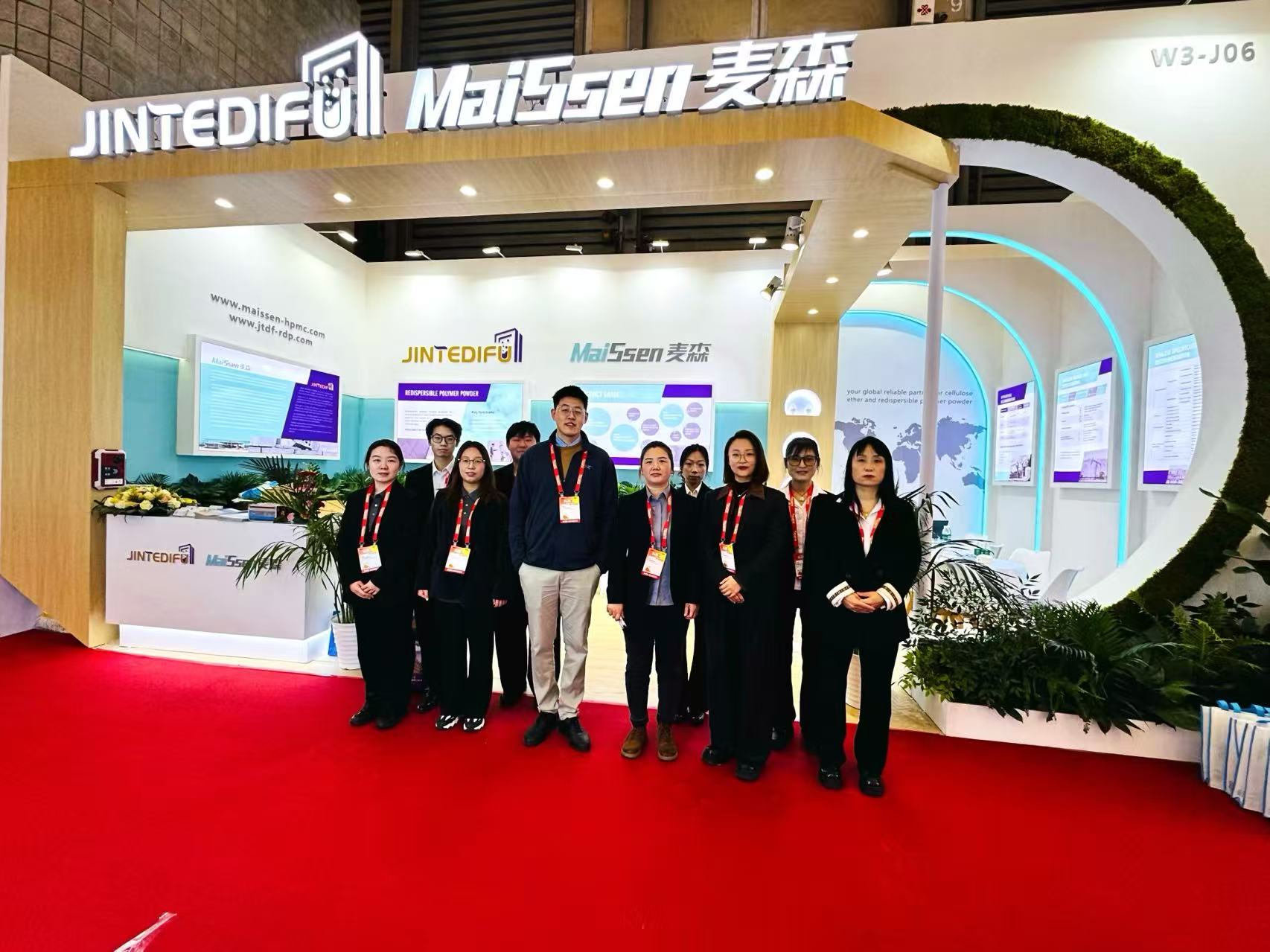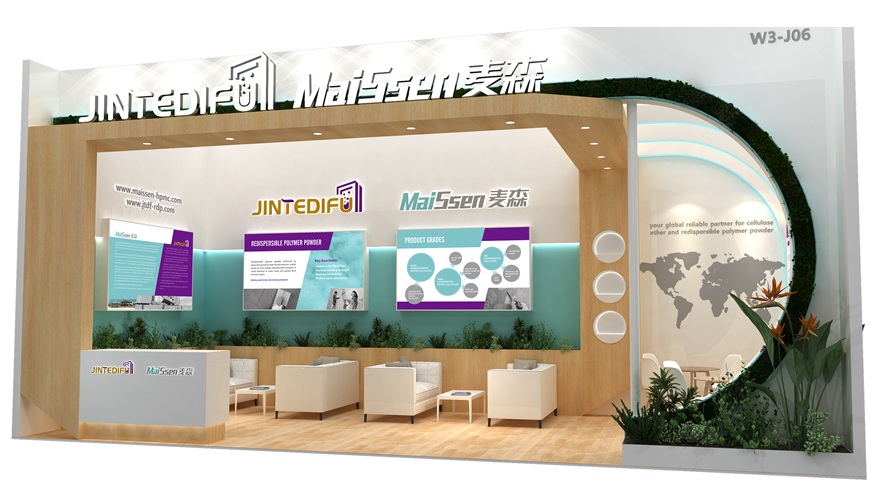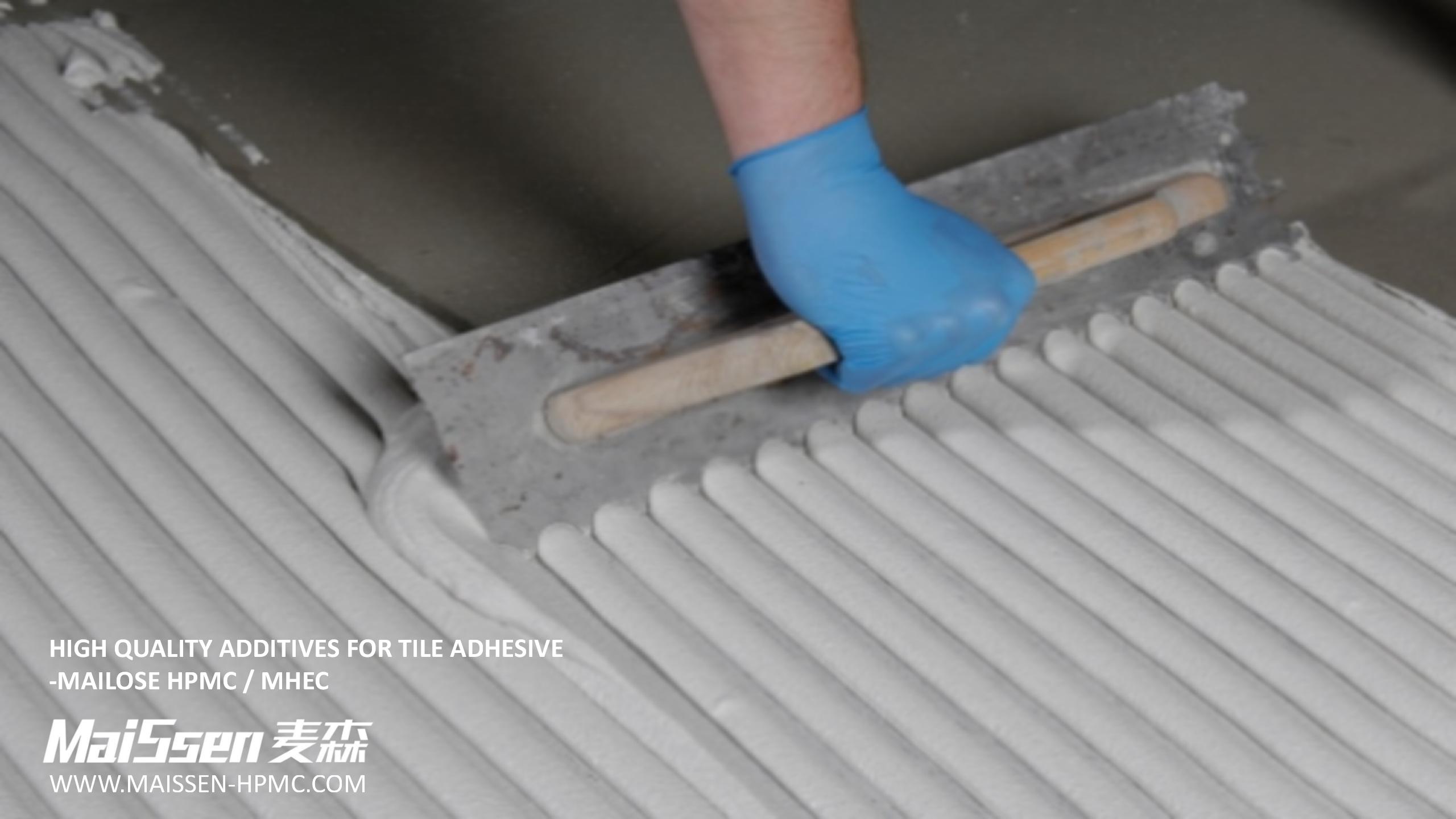In the construction industry, HPMC is used as an additive in cement-based materials, such as mortar and concrete. HPMC improves the performance of these materials by enhancing their workability, water retention, and adhesion. This article provides an overview of construction HPMC and its applications.

Mailose MP 100K(S)
What is HPMC?
HPMC is a non-ionic cellulose ether derived from natural cellulose. It is produced by treating cellulose with propylene oxide and methyl chloride to introduce hydroxypropyl and methyl groups onto the cellulose backbone. The degree of substitution (DS) of HPMC refers to the average number of hydroxypropyl and methyl groups per glucose unit in the cellulose chain. The DS determines the properties of HPMC, such as solubility, viscosity, and thermal stability.
HPMC is a white to off-white powder that is soluble in water and some organic solvents, such as ethanol and methanol. It has excellent film-forming, thickening, and emulsifying properties. HPMC is non-toxic, non-ionic, and non-flammable, making it safe and easy to handle.
Applications of HPMC in Construction
HPMC is used in a variety of construction materials to improve their performance. The following are some of the applications of HPMC in construction:
Mortar and Concrete
HPMC is used as a water retention agent in mortar and concrete. It reduces the loss of water from these materials during mixing and curing, which improves their workability and strength. HPMC also enhances the adhesion of mortar and concrete to various substrates, such as brick, stone, and metal. It forms a film on the surface of these substrates, which improves the bond strength.
Tile Adhesives
HPMC is used as a thickener and binder in tile adhesives. It improves the workability and open time of tile adhesives, allowing them to be easily applied and adjusted. HPMC also enhances the adhesion of tile adhesives to various substrates, such as ceramic, porcelain, and stone. It forms a film on the surface of these substrates, which improves the bond strength.
Gypsum Products
HPMC is used as a thickener and binder in gypsum products, such as plasterboard and joint compounds. It improves the workability and adhesion of these products, allowing them to be easily applied and smoothed. HPMC also enhances the strength and durability of gypsum products, making them more resistant to cracking and sagging.
Exterior Insulation and Finish Systems (EIFS)
HPMC is used as a thickener and binder in EIFS. It improves the workability and adhesion of EIFS, allowing them to be easily applied and shaped. HPMC also enhances the water resistance and durability of EIFS, making them more resistant to weathering and cracking.
Benefits of HPMC in Construction
The following are some of the benefits of using HPMC in construction:
Improved Workability
HPMC improves the workability of construction materials by reducing their viscosity and increasing their water retention. This makes them easier to mix, apply, and adjust, which saves time and labor.
Enhanced Adhesion
HPMC enhances the adhesion of construction materials to various substrates by forming a film on their surface. This improves the bond strength and reduces the risk of failure, such as delamination or cracking.
Increased Water Resistance
HPMC increases the water resistance of construction materials by reducing their porosity and improving their water retention. This makes them more durable and resistant to weathering and water damage.
If you want to know more information about construction HPMC, please contact us. We will provide professional answers.







